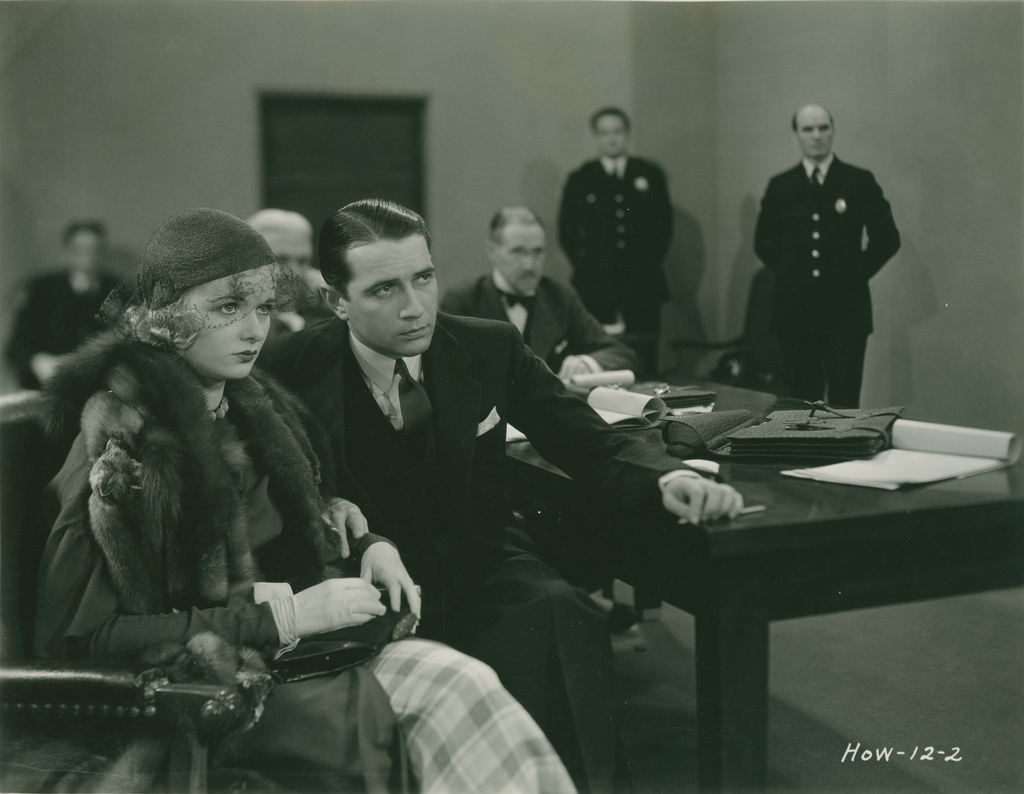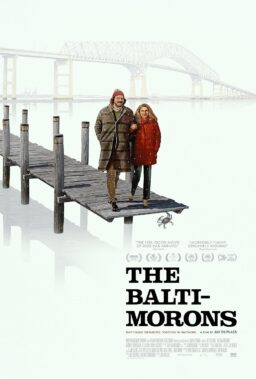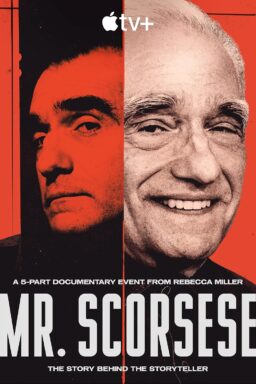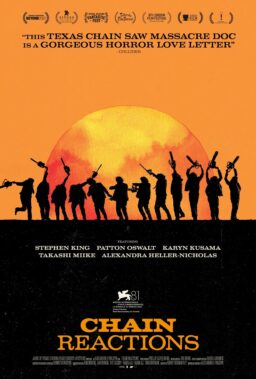The “Classics” section of the Venice Film Festival is
unusually, and refreshingly, robust, boasting 28 films this year. It’s a mix of
selections: four handpicked by French master filmmaker Bertrand Tavernier, the
recipient of a Lifetime Achievement Golden Lion this year; eight documentaries
on film and/or filmmakers (subjects include Helmut Berger, Toshiro Mifune,
Jacques Tourneur, and the still-walking-among-us Guy Maddin); and 16
restorations. Among the most exhilarating of the bunch were two films directed
by undersung Hollywood innovator William K. Howard. My longtime colleague and
friend Dave Kehr, now a curator in the film department at New York’s Museum of
Modern Art, has been working on a project to rehabilitate Howard’s too-secret
rep in cinephilia through research and restoration work, and for the festival
this year Dave presented terrific restorations of two of Howard’s signature
works: The 1932 courtroom melodrama “The Trial of Vivienne Ware” and the 1933
Great American Industrialist X-ray “The Power and the Glory.”
Clocking in at a mere 55 minutes, “Ware,” starring a blonde
Joan Bennett—a truly glorious sight, we esoterically minded cinephiles can tell
you—is a breakneck paced picture, with scene shifts connoted by breathless whip
pans and dialogue staccatoed out by a cast that seems to be partaking in a
private “World’s Fastest Talker” contest. The setup is simple: Lawyer Donald
Cook loves Joan’s Vivienne, Vivienne’s engaged to a rotter, rotter messes
around with showgirl, rotter ends up dead and all evidence points to Vivienne,
and did we mention that guy who loves her is a lawyer? The titular trial is a
doozy, as Howard introduces an eccentric series of obfuscating comic characters
and provides a Greek chorus in the form of radio broadcasters and commentators,
one of whom is played by the legendary ZaSu Pitts, who’s sinfully funny here.
The dizzying comic energy can blind the viewer from Howard’s sharp sense of not
just timing but time, the always-resourceful way he pockets the narrative with
flashbacks.

The director would get even fancier in “The Power and the
Glory,” with a strategy of juggling flashbacks in an anti-linear way that presaged a
similar gambit in Orson Welles’ “Citizen Kane.” As Dave points out in an essay
introducing the Howard films in the Venice Festival catalog, Pauline Kael
credited “Glory” screenwriter Preston Sturges, future director of comedy
classics, with this narrative method. But by Kehr’s lights it’s Howard’s
direction that brings the movie to life. Spencer Tracy plays a rags-to-riches
railroad magnate whose personal and professional triumphs and tragedies are
intertwined by circumstances and characters that seem to make the character’s
bad end a foregone conclusion by the movie’s finale. Not all of it works as
well as it might: I never liked the framing story in which Ralph Morgan and
Helen Vinson in old-age makeup sit at a parlor table over coffee and try to
suss out the pertinent points of Tracy’s character. But much of it works
magnificently, and there’s a frankness and piquancy to the film’s portrayal of
marriage and its long-range discontents that’s kind of shocking to see in a
film from this era. These pictures are going to be on the rep circuit soon, I
hope, and I hope more Howard pictures become available for our rediscovery. The
director had the goods.

In addition to its various official slates, the Festival has
a number of sidebars, or what it calls “Collateral Events,” and one of those,
the “Venice Days” series, showed a remarkably daring and challenging debut
feature by director and choreographer Celia Rowlson Hall. Opening with a quote
from Proverbs—“Who can find a virtuous woman?”—and sitting the viewer down in a
desert scabbed by bare branches before introducing any human figures, “Ma”
announces itself as serious and austere from the very first frame. In that
desert, a woman appears (Hall herself); rail-thin, wearing a hooded garment
that could be ancient but that proves, on closer examination, to be a piece of
contemporary casual fare, her plaintive face raw with dirtiness. In short order
a man driving down a length of highway pulls over and pulls an impossibly long
boa (the garment accessory, not the snake) from the exhaust pipe of his car.
The movie has no dialogue; odd country songs and other bits
of music play on the soundtrack almost constantly, which is fitting, because
most of the action is danced. Hall comes from a dance background, and has
conceived this story, such as it is, to be acted out by bodies rather than
spoken. The story itself seems to have tendrils in that of the Annunciation and
the Virgin Birth, but its contemporary milieu allows its themes to branch into
the realms of sexual abuse and gender identity. One could say it’s in a
tradition that includes Godard’s “Hail Mary” and Albert Serra’s “Birdsong,”
only it’s not. Curious, engaging, harrowing, sometimes infuriating, and
sometimes borderline ridiculous (and I think a good number of people might be
inclined, alas, to remove that “borderline”) “Ma,” despite having its Lynchian
moments, seems to invent its own categories as it moves along to Vegas. That
sounds bad, I know, but the Vegas here is rather different from the one you and
I know. Hall’s talent and gumption are utterly undeniable; whatever mixed
feelings I have about this film, I’m incredibly glad it exists, and I’m eager
to see what she comes up with next.












